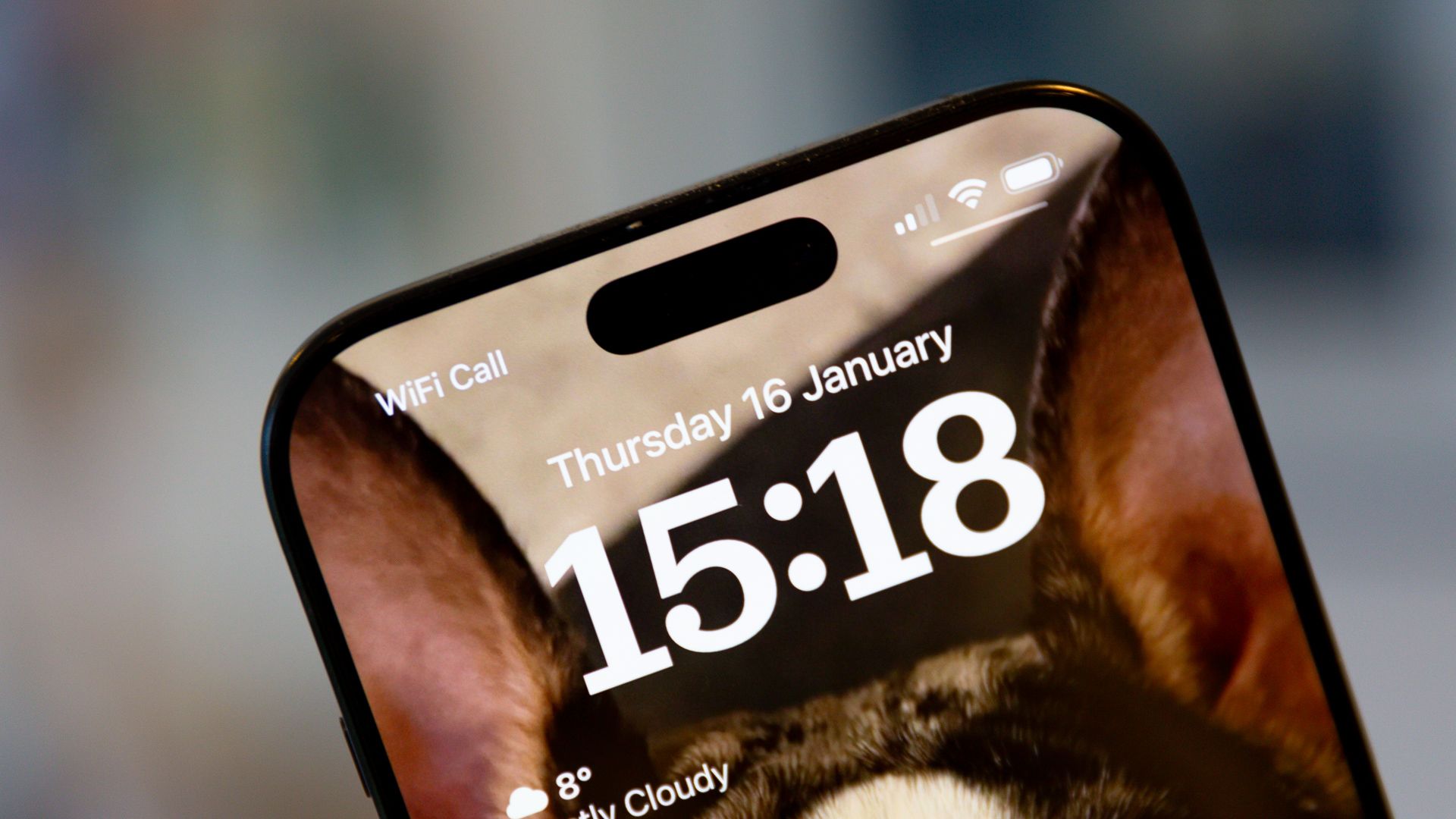
range. At the time, it was a refreshing surprise that the pill-shaped cut out within the display did more than just house the Face ID sensors and front camera lens, acting as in interactive space too.
Some criticised the concept, but it's a feature of iPhone I use daily, usually for switching to the next track on my playlist or cancelling a timer. It has also been "borrowed" by other manufacturers since.
.
What might change for Dynamic Island?
suggests the Cupertino company might have finally sussed it.
It might even have eliminated the need for a notch or cutout entirely.
According to 9to5Mac's report, the approved patent might see Apple remove sub pixels within the display to allow for infrared light for Face ID to pass between the gaps. It pulled out a couple of references from the patent to explain how the technology would work.
"A subset of all display subpixels in the pixel removal region may be removed by iteratively eliminating the nearest neighbouring subpixels of the same colour," the patent reads.
9to5Mac also highlights that the effectiveness of removing subpixels rather than deactivating entire pixels within the display will be improved by removing some wiring too. The patent says: "At least some horizontal and vertical control lines in the plurality of non-pixel regions are rerouted to provide continuous open areas that reduce the amount of diffraction for light traveling through the display to the sensor."
It's worth keeping in mind that patents don't always translate into real world devices, so while this could be a solution to bring Apple one step closer to Jony Ive's vision for the iPhone to be "a single slab of glass", it might be some time still before it appears, or a different approach entirely might be used.
models adopt a different approach to the current Dynamic Island offering, but the patent at least seems like a good solution on paper.


Post a Comment
0Comments